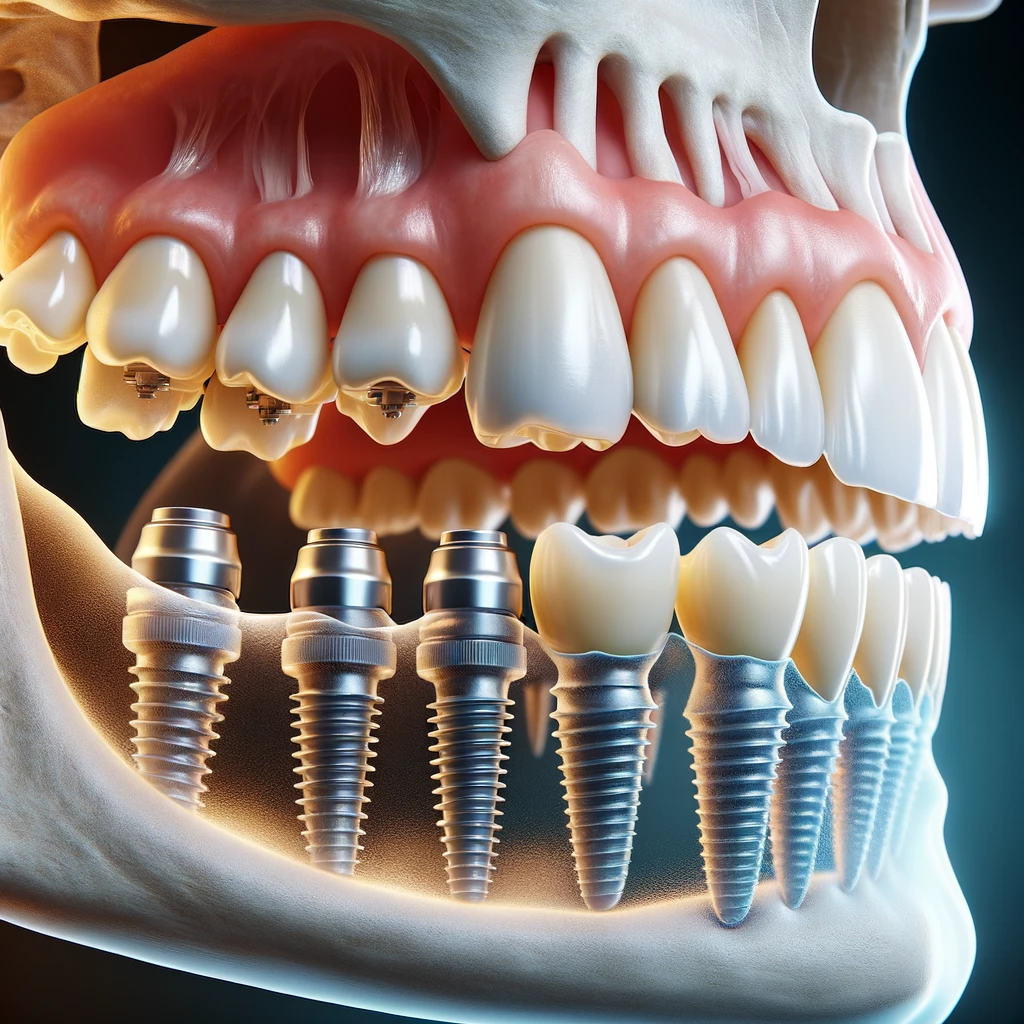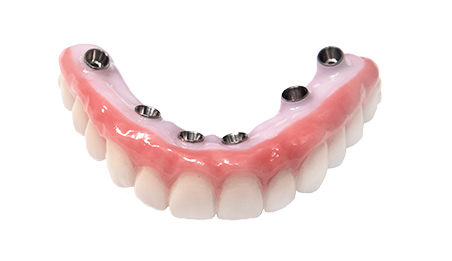Getting My Dental Sense To Work
Getting My Dental Sense To Work
Blog Article
The smart Trick of Dental Sense That Nobody is Talking About
Table of ContentsExamine This Report on Dental SenseThe Dental Sense IdeasHow Dental Sense can Save You Time, Stress, and Money.Unknown Facts About Dental Sense
are medical devices surgically dental implanted right into the jaw to restore an individual's capacity to eat or their appearance. They offer support for fabricated (phony) teeth, such as crowns, bridges, or dentures. When a tooth is shed because of injury or condition, an individual can experience issues such as quick bone loss, faulty speech, or changes to chewing patterns that result in discomfort.Oral dental implant systems contain a dental implant body and dental implant joint and might additionally consist of a joint addiction screw. Front tooth filling. The oral implant body is operatively inserted in the jawbone instead of the tooth's origin. The dental implant joint is normally affixed to the dental implant body by the abutment addiction screw and extends via gum tissues into the mouth to support the attached man-made teeth
(https://issuu.com/dentalsense1)Framework of The Oral Implant System choosing dental implants, speak with your oral copyright concerning the possible advantages and threats, and whether you are a prospect for the procedure. Things to consider: Your overall health and wellness is a vital factor in figuring out whether you are an excellent prospect for oral implants, the length of time it will take to recover, and how much time the dental implant may remain in area.
Smoking may impact the healing process and reduce the lasting success of the dental implant. The recovery process for the implant body may take numerous months or longer, during which time you generally have a momentary abutment instead of the tooth. the oral implant procedure: Meticulously follow the oral hygiene guidelines offered to you by your dental supplier.
The Only Guide to Dental Sense
Implant failing can cause the requirement for an additional surgery to deal with or change the implant system. Restores the capability to eat Recovers aesthetic look Aids keep the jawbone from diminishing due to bone loss Protects the health and wellness of the bordering bone and gums Helps maintain nearby (nearby) teeth secure Enhances lifestyle Damages to bordering natural teeth during dental implant placement Injury to the surrounding tissues throughout surgical treatment, such as sinus opening Injury during surgical treatment (for instance, crack of surrounding jawbone) Inadequate function, such as seeming like the teeth do not attack with each other normally An experience that the tooth hangs or twisting in position arising from an abutment screw loosening Implant body failure (looseness of the implant body) as a result of systemic infection, which might be much more likely in individuals with unchecked diabetics issues as a result of neighborhood infection in bone and gums supporting the dental implant body because of postponed recovery, which might be extra most likely in patients who smoke Trouble cleaning up the gum tissues around the implant, resulting in bad oral hygiene Without treatment gum disease Post-surgical numbness due to nerve impingement or damage Always inform wellness treatment providers and imaging technicians that you have dental implants prior to any type of magnetic resonance imaging (MRI) or x-ray procedures.
FDA is not aware of any adverse events reported for MRI or x-ray procedures with oral implants. Oral implants systems are commonly constructed from products that comply with international agreement criteria of the International Organization for Standardization (ISO) or ASTM International. These requirements have details of what makes a secure product.

An oral implant is a framework that replaces a missing out on tooth. With screw-like tools, the surgeon inserts a dental implant right into the jawbone, and it acts as an anchor for an artificial tooth, called a crown.
An Unbiased View of Dental Sense
Some individuals are not qualified for oral implant surgical procedure. It is for oral surgeons to run on individuals with: intense illnessuncontrollable metabolic diseasebone or soft cells disease or infectionIf these problems are resolved, a person can have the surgical procedure. In, dental cosmetic surgeons avoid running on individuals with: If people with any one of the above go through oral implant surgery, there is a higher threat of the dental implant falling short.

Dental implant surgery is an individualized process. Offer you time to recover. Connect the message and final crown, bridge or denture.
Next off, your specialist will carefully position the dental implant into your jaw. Website If your dental implant is near the front of your mouth, your dental expert will certainly make a short-lived tooth for you to wear until you heal.
What Does Dental Sense Do?
Your company can inform you what to expect in your situation. Throughout the healing stage, your jawbone ought to fuse to the dental implant. This procedure, called osseointegration, is essential for stability and long-term success. This process can take anywhere from 3 to nine months. Sometimes, it may take much longer.
When your implant heals, your dental expert can connect the abutment (little adapter message) and your last remediation (crown, bridge or denture). This generally takes about one hour to finish and may need a 2nd minor surgical procedure. You shouldn't really feel any pain throughout your dental implant procedure due to the fact that your company will certainly use medicine to numb your gums.
Report this page